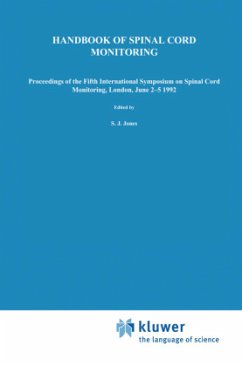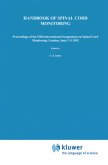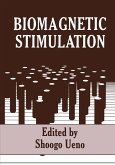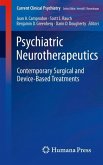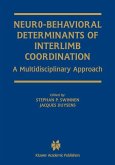Surgery for the treatment of deformities such as scoliosis carries a small but significant risk of damage to the spinal cord through inadvertent compression or interference with the blood supply. Electrophysiological techniques, principally those for recording sensory and motor evoked potentials, offer a means of continuously assessing the conduction of nerve signals up and down the spinal cord and hence the possibility of detecting a defect at an early stage, when the cause may be reversible. This form of monitoring is now accepted practice in many countries.
The main contributors to the Handbook are surgeons, neurophysiologists and anaesthetists at the forefront of research. From the United States, where practice has been most widespread, come the results of the first large-scale, multi-centre survey into monitoring methods and their effectiveness. The research papers forming the remainder of the text provide an indication of the high level of current interest and the likely direction of future developments.
Hinweis: Dieser Artikel kann nur an eine deutsche Lieferadresse ausgeliefert werden.
The main contributors to the Handbook are surgeons, neurophysiologists and anaesthetists at the forefront of research. From the United States, where practice has been most widespread, come the results of the first large-scale, multi-centre survey into monitoring methods and their effectiveness. The research papers forming the remainder of the text provide an indication of the high level of current interest and the likely direction of future developments.
Hinweis: Dieser Artikel kann nur an eine deutsche Lieferadresse ausgeliefert werden.
`This book is recommended, for its first part, to beginners in neuromonitoring, orthopaedic surgeons and neurosurgeons and, for its next three parts, to specialists in spinal cord monitoring.'
Acta Neurologica Belgica, 95:1, 1995
Acta Neurologica Belgica, 95:1, 1995
`This book is recommended, for its first part, to beginners in neuromonitoring, orthopaedic surgeons and neurosurgeons and, for its next three parts, to specialists in spinal cord monitoring.'
Acta Neurologica Belgica, 95:1, 1995
Acta Neurologica Belgica, 95:1, 1995

